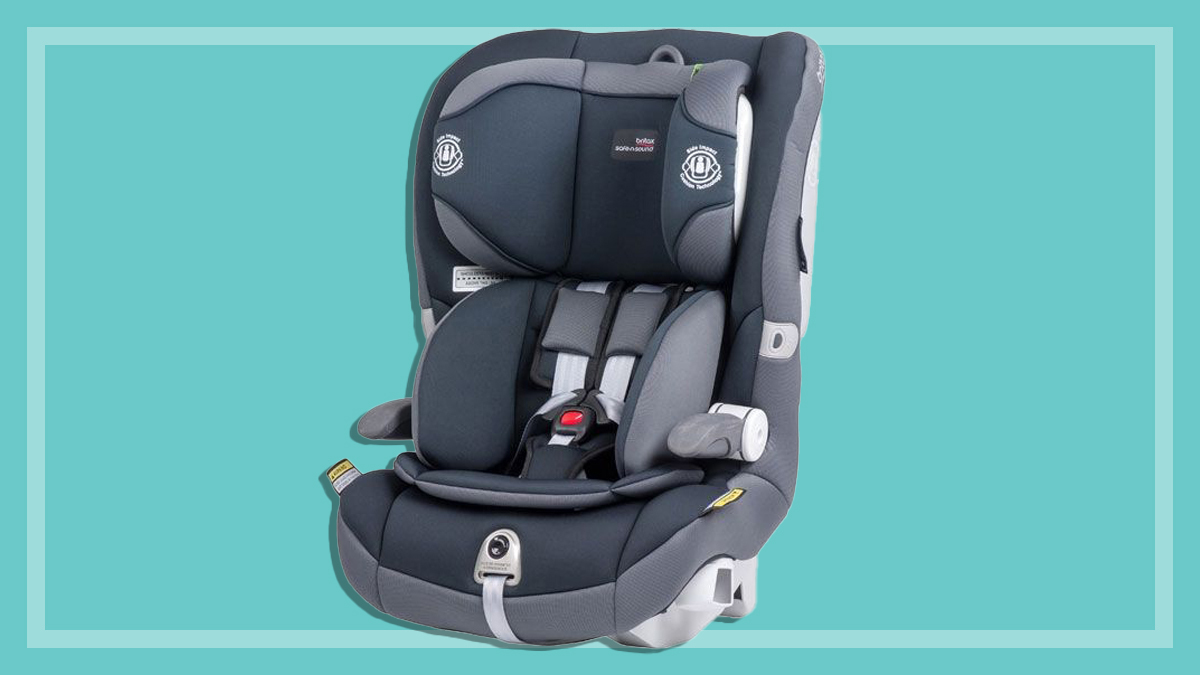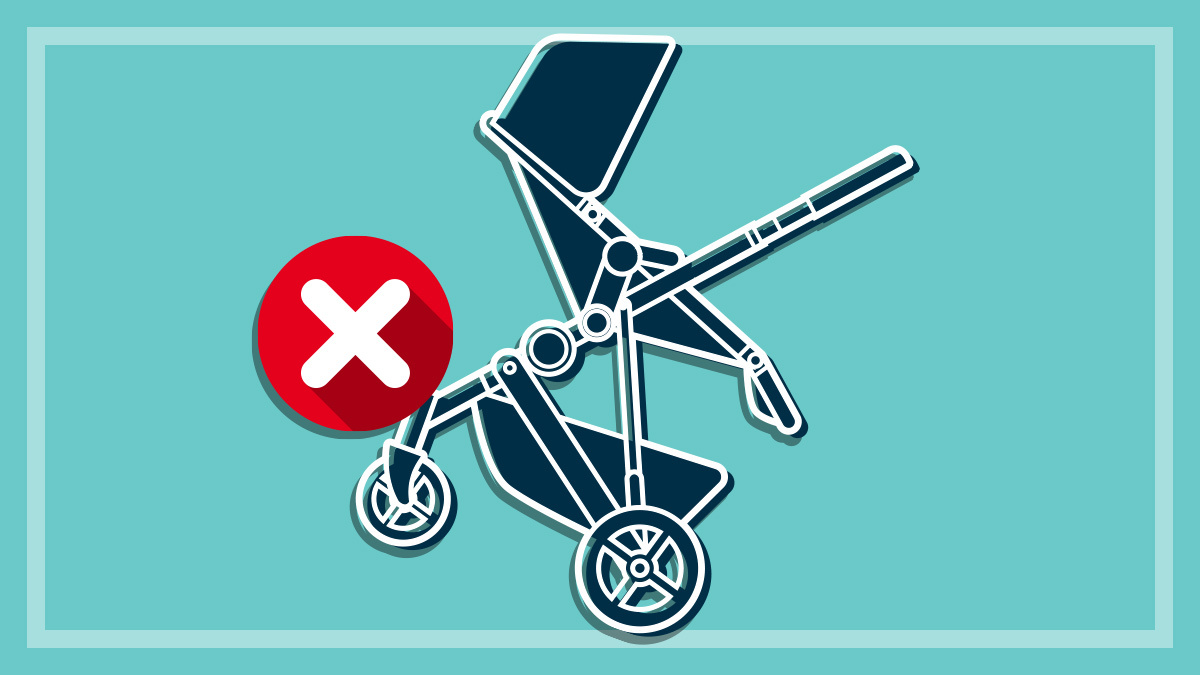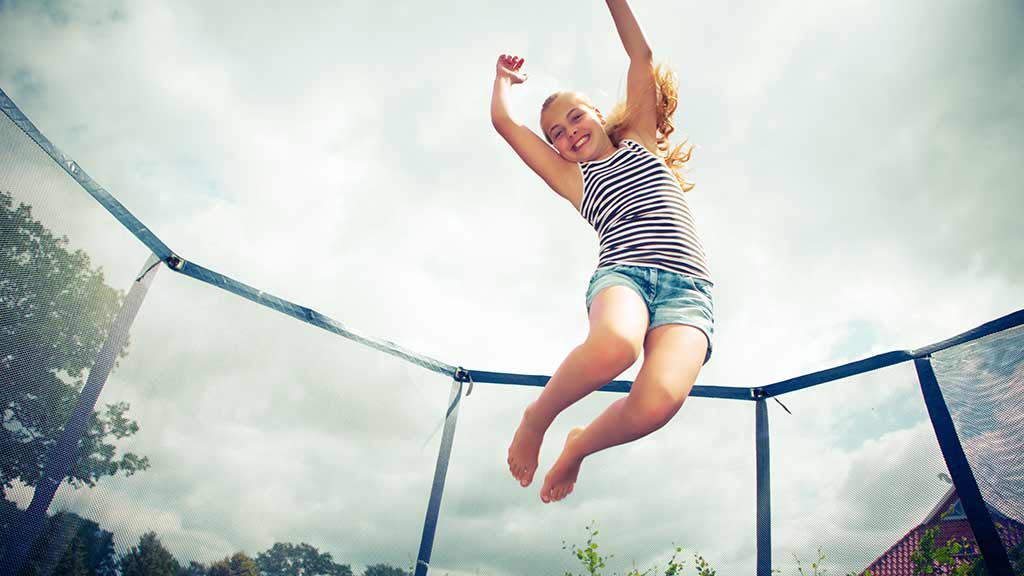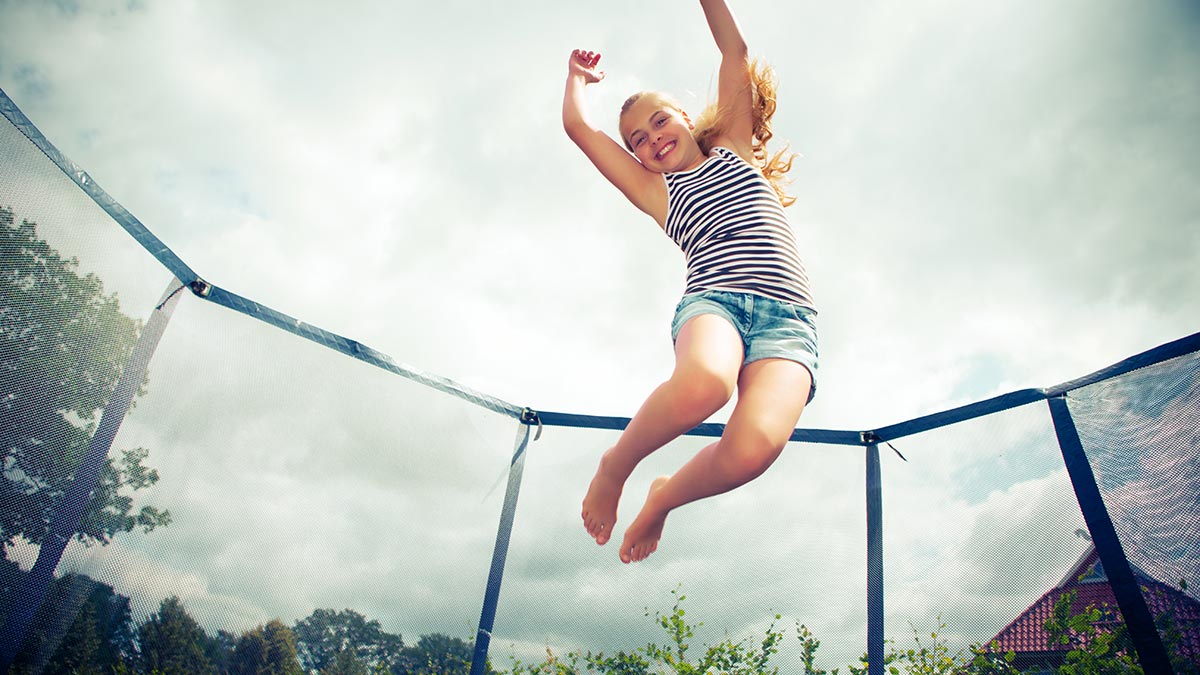Get our independent lab tests, expert reviews and honest advice.
Not all playground surfaces are equal
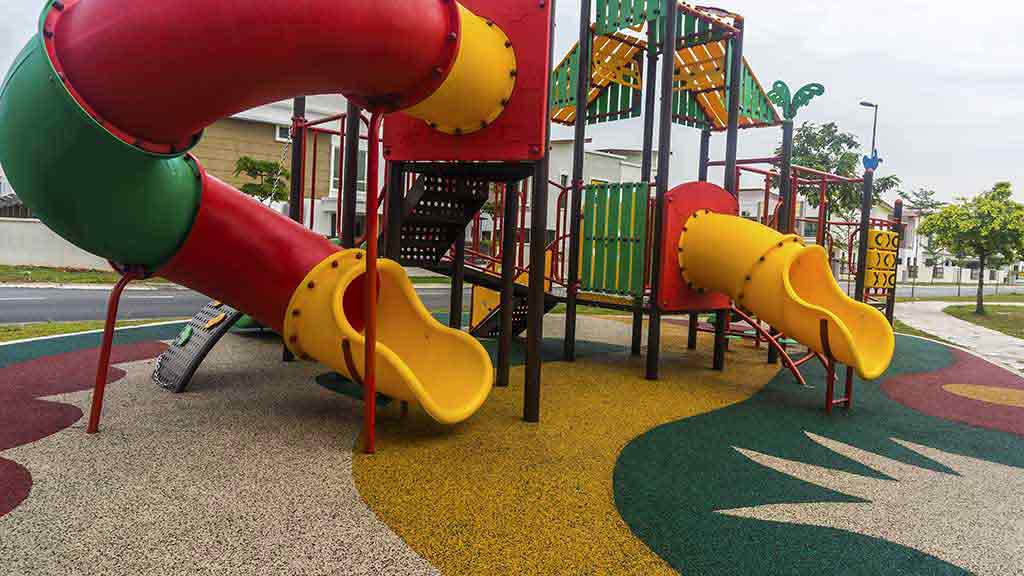
Thanks to improved safety standards (particularly the removal of unsafe playground equipment and a reduction in the height of structures) playgrounds today are safer and injury rates for the most catastrophic head injuries have significantly declined. Unfortunately, not all is going well. The bad news is that fractures – particularly to the shoulder, wrist, forearm and elbow – are up, with those aged five to nine years most affected.
On this page:
- Bark softfall (composted lignin mulch)
- Impact-absorbing sand
- Wet pour rubber (AKA softfall rubber)
- Rubber tiles and pavers
- Why bounce is bad
- Tips to protect your kids
While overcrowding, lack of adult supervision and more “boring” equipment that children misuse have been blamed, the biggest culprit remains playground design. But the surprise is that it’s not just about what children are falling from – mostly monkey bars – but what they’re falling onto. That is, children are mostly injured when they fall from play equipment onto a hard surface.
Surface materials
Having a well maintained, appropriate playground surface significantly lowers the risk of injury when kids take a tumble. But how do you know which playground surface will be safe, and which one may contribute to a broken bone or worse?
In order to be safe, the surface under all playground equipment should be soft. There’s a variety of playground impact absorbing surface materials, and each has strengths and weaknesses. But there are two things they should all do:
- Comply with the Australian standards that cover playground surfaces, AS 4422 and AS 4685.1.
- Absorb the energy of a child’s fall, over a long period of time and over a great distance. That is, the child sinks into the surface and doesn’t rebound.
Here are the pros and cons of the different surface materials.
Bark softfall (composted lignin mulch)
Pros
- Low initial cost
- Spreads easily
- Easy to install
- Readily available
Cons
- Easily displaced
- Needs weekly maintenance and a top-up at least four times a year
- Impact absorption weakened if too shallow, wet, frozen or combined with dirt
- May conceal hazardous objects (eg. broken glass, syringes)
- Not suitable for wheelchair access
Traps
- Watch out for timber-based products with sharp edges or product so fine it can be inhaled
- Should be installed to the suggested minimum depth of 40cm
Impact-absorbing sand
Pros
- Low initial cost
- Doesn’t deteriorate readily with usage
- Easy to install
- Readily available
Cons
- Combines with dirt; may compact
- May conceal hazardous objects (eg. broken glass, syringes)
- May conceal animal faeces
- Attractive to animals
- Easily displaced
- Not suitable for wheelchair access
Traps
- Not all sand is good sand. Some sand types compact to concrete-like hardness. It must be impact-absorbing, suitable for playgrounds.
- Should be installed to the suggested minimum depth of 40cm.
Wet pour rubber (AKA softfall rubber)
Pros
- Durable, low maintenance
- Water-permeable surface
- Environmentally friendly, as uses waste product
- Suitable for wheelchair access
Cons
- Can be expensive to install
- Can get very hot in summer
- Bounce can compound injuries
- Can be slippery when wet
Traps
- A visual inspection cannot tell you a good rubberised surface from a poor one. Only certified testing can do that, so contact your school or council for information on their compliance testing if you are unsure.
Rubber tiles and pavers
Pros
- Durable, low-maintenance
- Water-permeable surface
- Suitable for wheelchair access
- Can be installed over concrete, asphalt or other hard surfaces
Cons
- Extremely expensive
- Often needs a level site
- Bounce can compound injuries
- Can be slippery when wet
Traps
- Curling tiles can be a trip hazard.
- A visual inspection cannot tell you a good rubberised surface from a poor one. Only certified testing can, so contact your school or council for information on their compliance testing if you are unsure.
Why bounce is bad
The big problem with rubber is that a child falling onto it tends to bounce. And when it comes to injury, bounce is bad: children can rebound several times on the injured part. Some companies overcome this problem with the insertion of polystyrene foam embedded in the rubber product; if you’re installing a playground, these products are worth seeking out. But unfortunately, as a parent who’s simply visiting the playground with your children, there’s no way of visually recognising a rubber playground surface that has embedded polystyrene foam embedded.
Maintenance
It’s no use having a perfectly installed playground surface, particularly of the high-maintenance bark mulch or sand variety, if it’s not regularly maintained. For sand or bark softfall, 30cm is the minimum safe surface depth and ideally at least 40cm should be maintained at all times. In popular playground spaces this means bark particularly should be raked on a weekly basis and topped up at least quarterly.
Tips to protect your kids
If you’re putting a playground in at home:
- Take care getting the foundation right.
- Select a material you can and will maintain.
- Ensure you lay the material deep enough.
If you’re taking your child to the local playground:
- Be aware of how deep softfall materials need to be for safety.
- If the surface is rubber, be prepared to call your school or council and ask some hard questions about safety testing.
- If the surface and equipment looks poorly maintained, contact the school or council and urge them to keep the playground in good condition.


